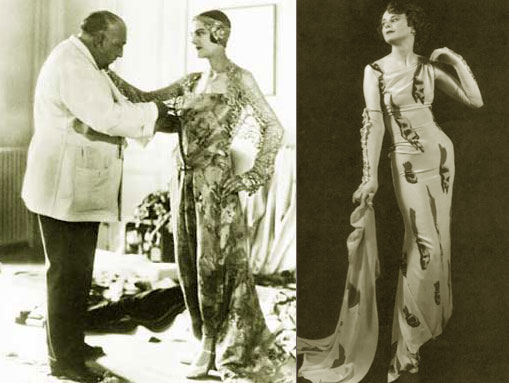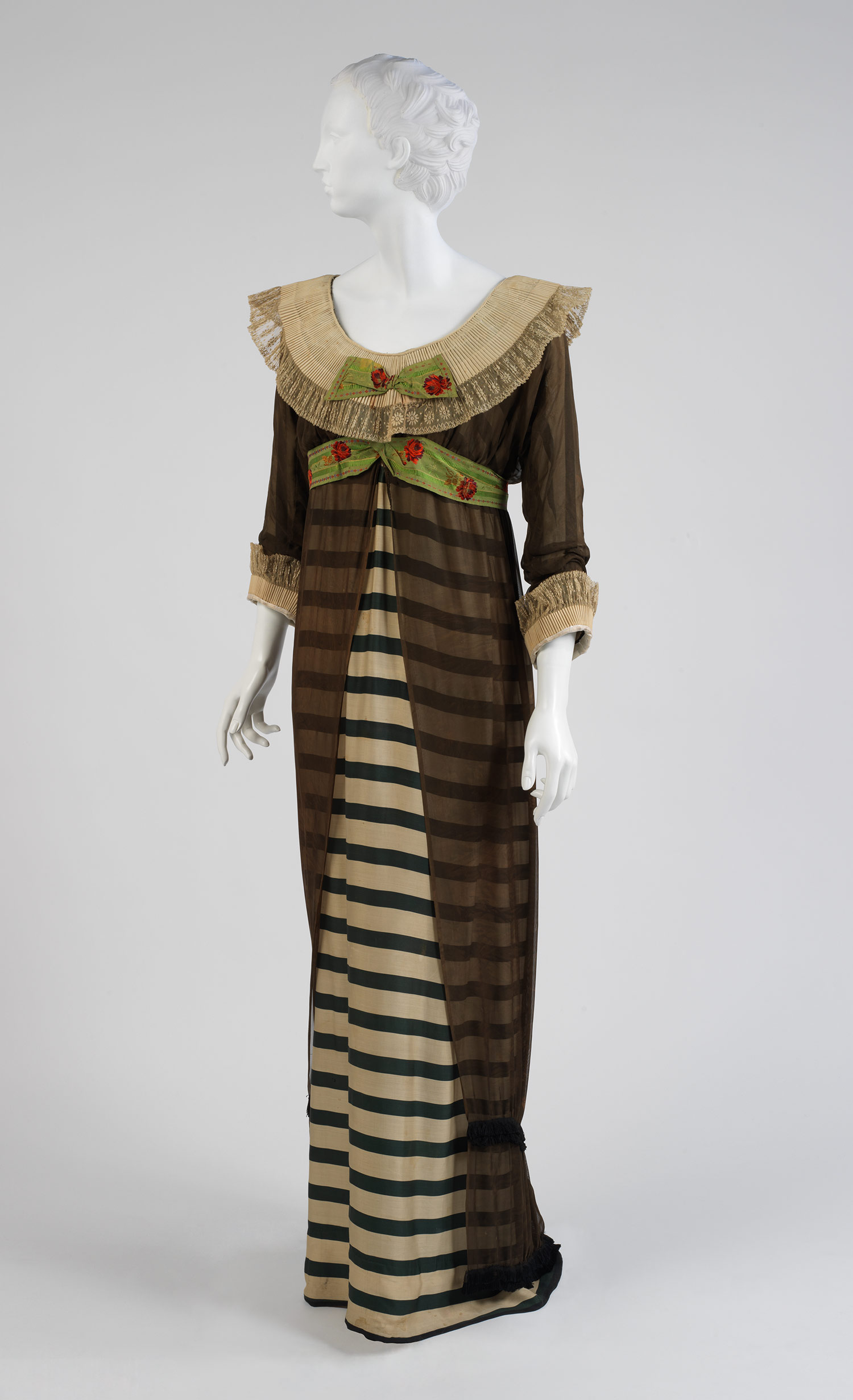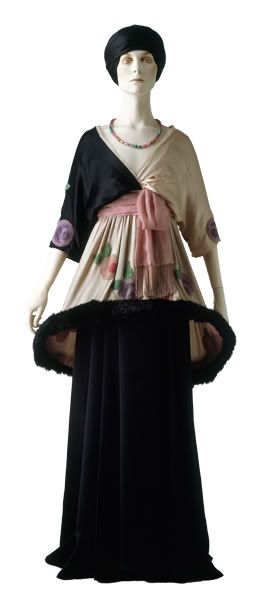The evolution of the modern female silhouette took around ten years and started just before world war 1. there was a significant difference in the style of clothing, such as the revelation of the lower part of women's legs, which put emphasis on shoes and stockings. Already we see fashion trends becoming more revealing.Softer colours were used for stockings rather than the dark tones used in the previous age.The waistline changed often from being risen to being dropped, then finally settling around the hips. The silhouette in the 1920 was quite mannish in a way because the clothing didn't define the bust and hips and the fashionable hairstyle was a short bob. The aim was to look boyish in the 1920 Britain.
Jazz age (1920's)
The roaring twenties!
Gowns covered in beads and paillettes is what is normally associated with the 1920's fashion. Hems lines moved upwards during 1923 and gradually moving just below the knee a few years later. But the length changed again heading towards the ground. sleeves were also abandoned. French designer Jean Patou remarked that it was "the taste of dancing" that determined the line of evening gowns.This was also the age where beaded fringing and feathered were introduced as they swayed to the rhythm of dances such as the Charleston. Everything was glittery and sparkly for awhile, with items such as rhinestone tiaras and bandeaus, but the long evening gown returned by the end of the decade; no more dancing.















